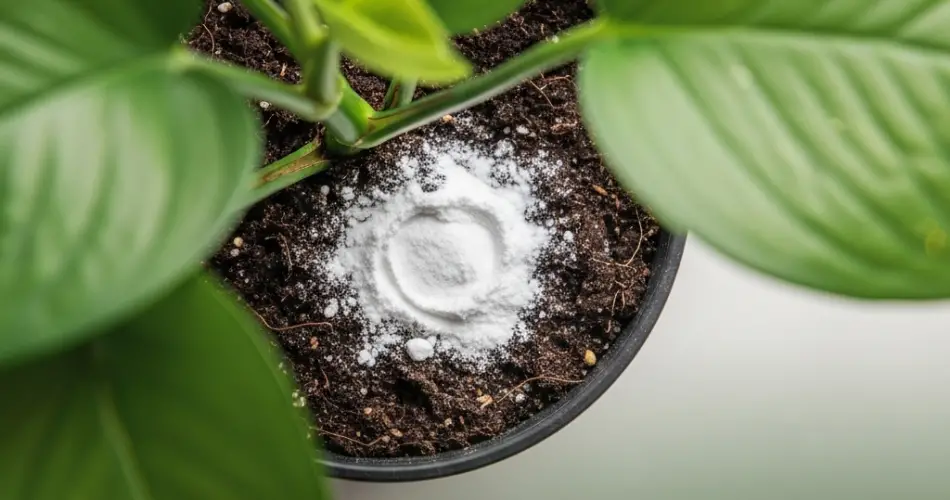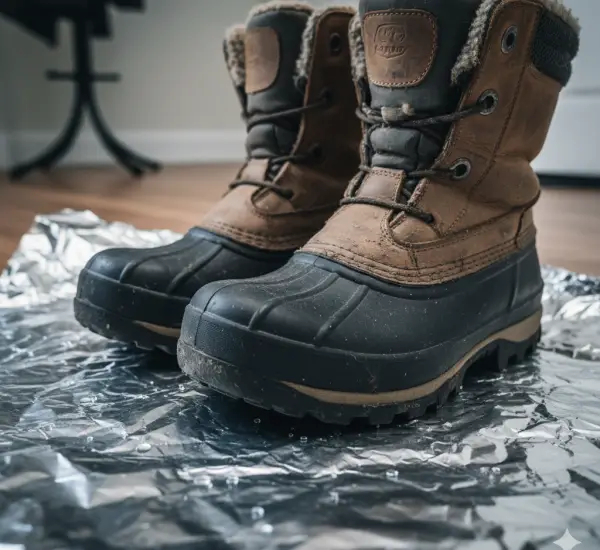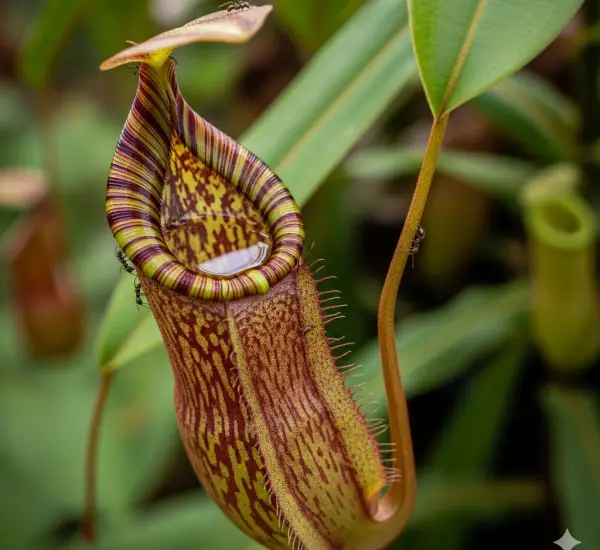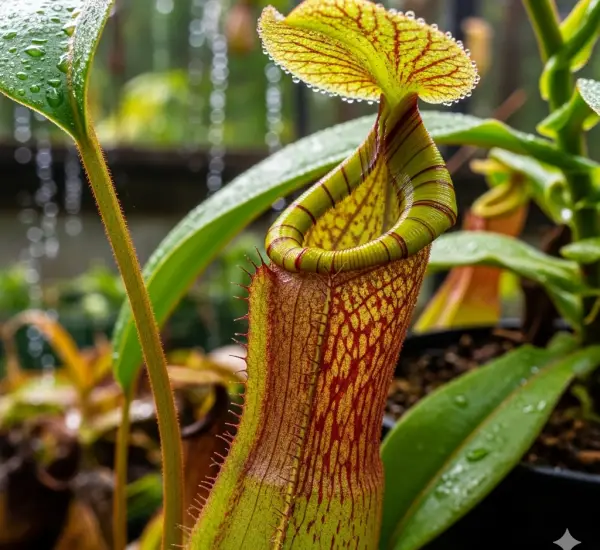Fungal diseases like powdery mildew and downy mildew are common enemies in the home garden. They affect a wide variety of plants, from roses and cucumbers to squash, grapes, and even indoor greenery. These diseases can stunt growth, discolor leaves, and severely impact fruit and flower production if not treated promptly.
Luckily, there’s an effective, low-cost solution you probably already have in your kitchen: baking soda. This humble household ingredient can be transformed into a powerful, eco-friendly fungicide to protect your plants from fungal infections—without resorting to harsh chemicals.
In this article, you’ll learn how to make and use a baking soda-based fungicide, when to apply it, and why it works.
What Are Powdery Mildew and Downy Mildew?
Before treating a fungal problem, it helps to know what you’re dealing with.
Powdery mildew appears as a white or gray powdery coating on leaves, stems, and flower buds. It thrives in warm, dry climates but needs high humidity at the leaf surface to spread.
Downy mildew, on the other hand, shows up as yellow or pale green spots on upper leaf surfaces, with a white or gray fuzz underneath. It’s more common in cool, moist conditions and spreads rapidly in damp environments.
Both fungi weaken plants by interfering with photosynthesis, eventually leading to leaf drop, reduced vigor, and lower yields.
Why Baking Soda Works
Baking soda (sodium bicarbonate) has mild antifungal properties and works primarily by altering the pH on the leaf surface. Fungi prefer slightly acidic environments to thrive. Baking soda creates an alkaline surface, making it harder for fungal spores to grow and multiply.
When mixed with water and other natural ingredients, baking soda becomes a non-toxic preventative and treatment spray for early-stage fungal infections.
How to Make a Homemade Baking Soda Fungicide
Here’s a simple and effective recipe you can use on a wide range of plants.
Ingredients:
-
1 liter of water
-
1 teaspoon of baking soda
-
1 tablespoon of vegetable oil or neem oil (helps the mixture stick to leaves)
-
A few drops of natural liquid soap (unscented, non-detergent)
Instructions:
-
In a spray bottle or container, mix the baking soda into the water.
-
Add the oil and liquid soap, then shake or stir to combine thoroughly.
-
Pour into a spray bottle if not already in one.
This mixture is safe for vegetables, flowers, ornamental plants, and indoor plants—but always test on a small area first to check for sensitivity.
How and When to Use It
1. Apply in the early morning or late afternoon.
Avoid spraying during the hottest part of the day to prevent leaf burn or quick evaporation. Morning application gives the plant time to absorb and dry before nightfall.
2. Spray affected and surrounding areas.
Be sure to coat both the tops and undersides of leaves, where fungal spores may be hiding. Treat the whole plant, not just the visibly affected parts.
3. Use regularly.
Apply every 5–7 days when treating an active infection or once every 10–14 days as a preventative measure during humid or rainy weather.
4. Reapply after rain.
Rain can wash away the protective layer, so reapply the mixture after heavy rainfall.
Important Notes for Success
-
Baking soda is most effective as a preventative or early treatment. Once mildew covers large portions of a plant, you may need to prune affected areas and apply more aggressive methods.
-
Avoid overuse. While baking soda is gentle, repeated overapplication may slightly affect the soil’s pH or damage tender foliage.
-
Store the mixture for up to 24 hours. It’s best used fresh, but can be stored in a sealed spray bottle for short-term reuse.
-
For edible plants, rinse thoroughly before harvesting to remove any residue.
Additional Tips for Preventing Mildew and Fungal Diseases
-
Space your plants appropriately to ensure good air circulation.
-
Water at the base of plants rather than from above to avoid wet foliage.
-
Remove and destroy infected leaves or plants to prevent further spread.
-
Avoid overhead watering, especially in the evening when leaves may not dry overnight.
Final Thoughts
Fungal infections are frustrating, but with the help of baking soda, you have a safe, effective, and eco-friendly solution at your fingertips. By combining this natural fungicide with smart gardening practices, you can protect your plants without resorting to chemical treatments.
Whether you’re managing an urban balcony garden, a vegetable patch, or indoor potted plants, this homemade baking soda spray is an essential tool in your plant care kit. Try it yourself and enjoy healthier, more resilient plants all season long.



